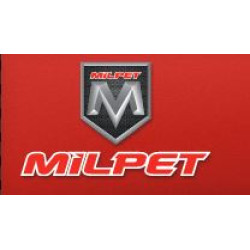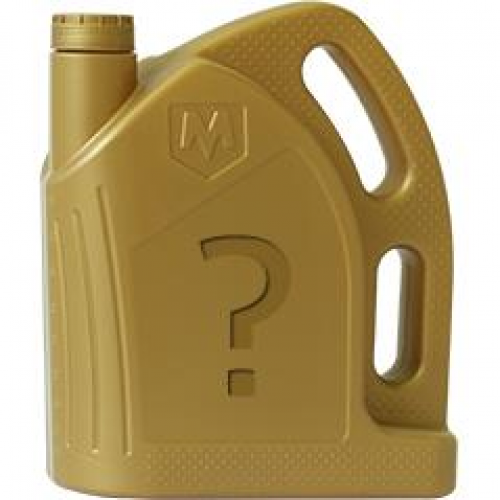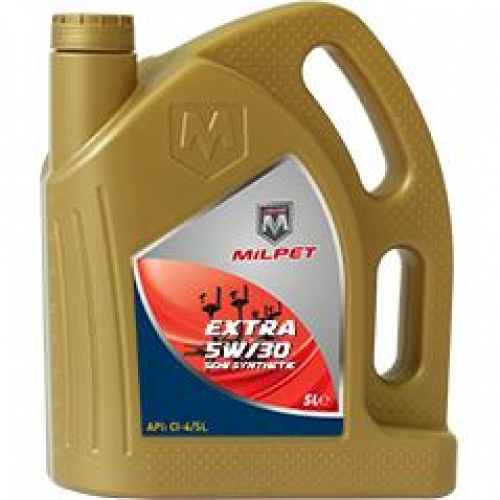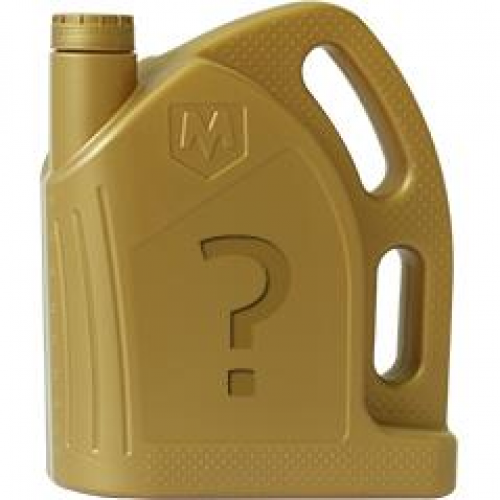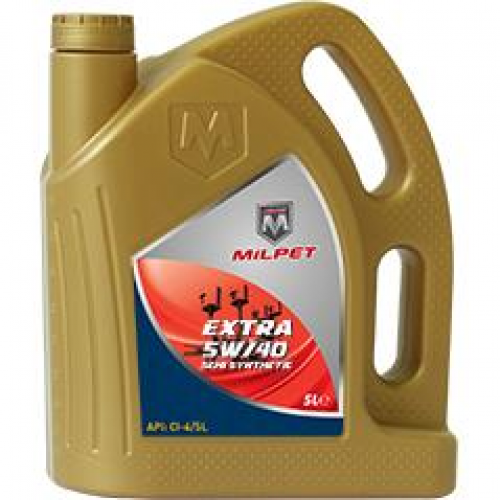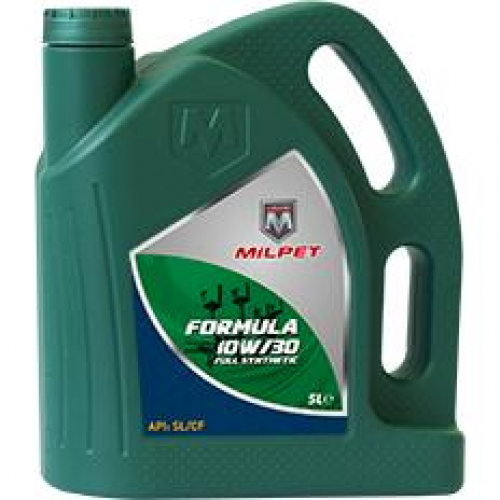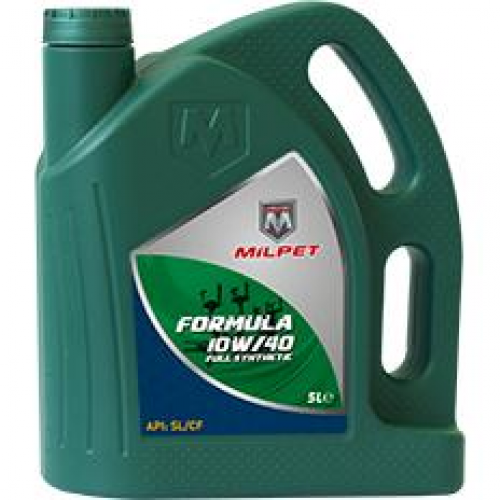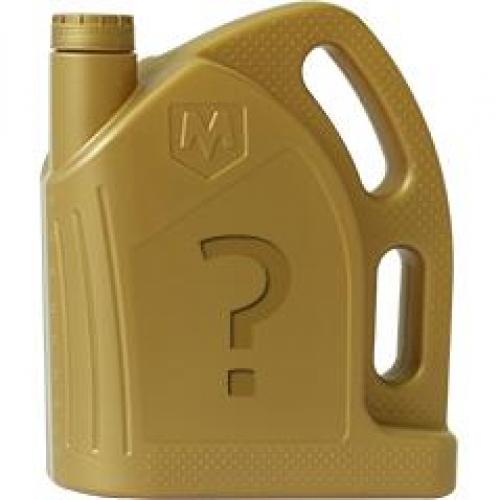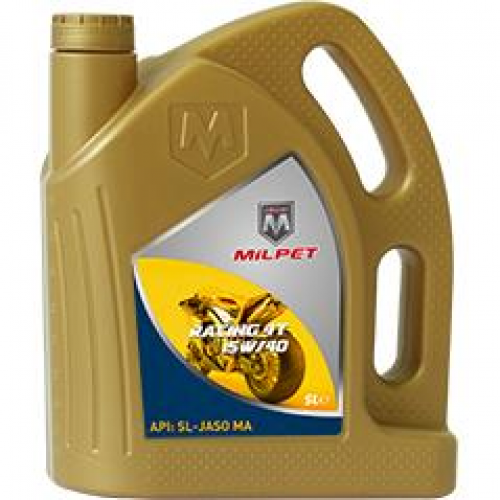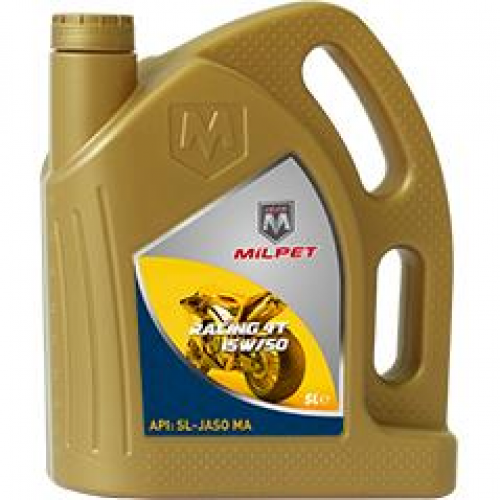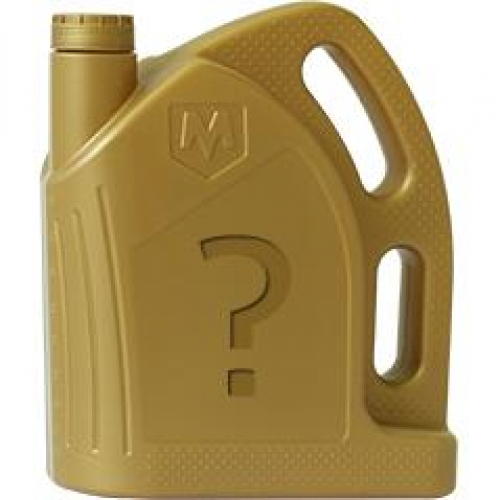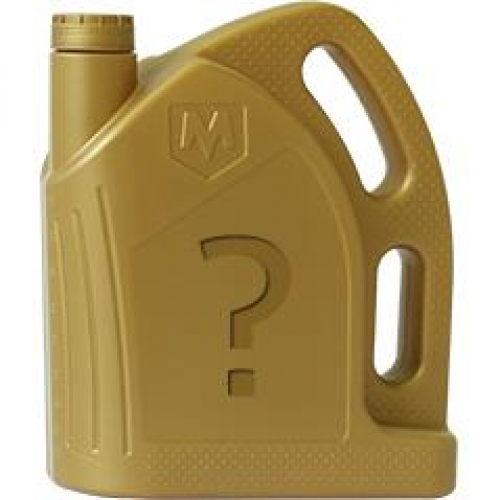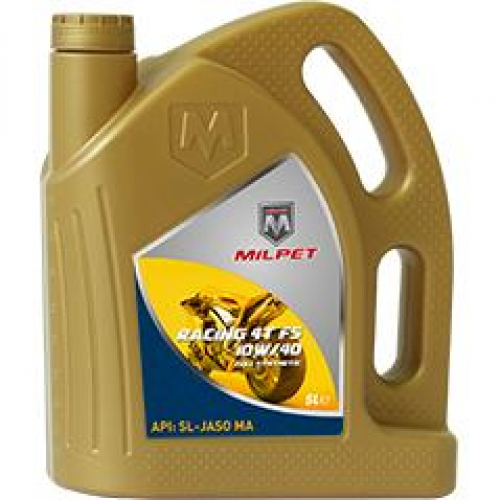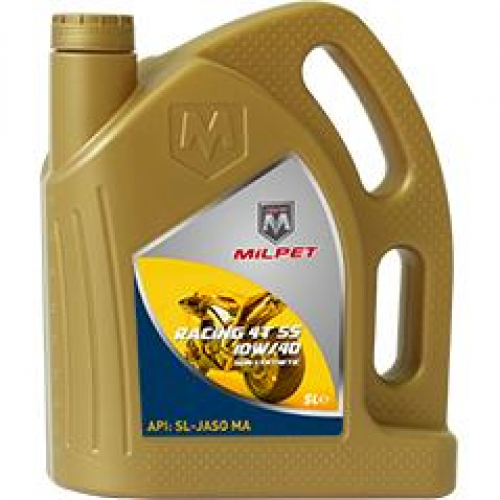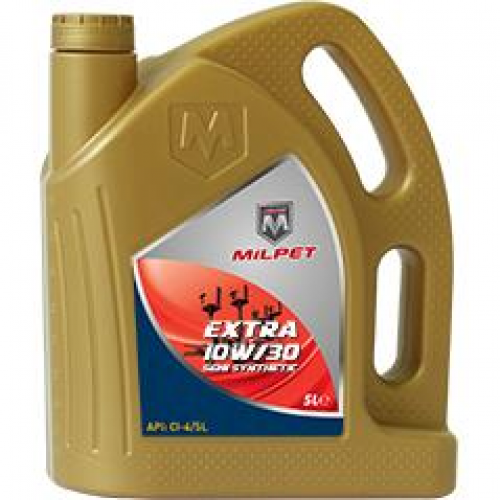About
Mil Madeni Yağ Petrol Ürünleri Kimya San. ve Tic. A.S. It was established in 2010 and obtained a mineral oil production license. It continues its production in its facilities in Gebze with a closed area of 5,500 m2 and an open area of 4,500 m2 with a capacity of 74,887 tons / year.
It is our principle to be respectful and sensitive to the environment while continuing our goals and activities. While our cooperation with many distributors in the country continues, our product distribution area in the foreign market is expanding. Our R&D studies are continuing in our laboratory, which is established in the production facility, which meets the demands and needs of the customers and is equipped with advanced technology devices. We continue to work intensively for domestic and foreign markets and the name Milpet is growing day by day.
Our company, which has ISO 9001, 14001, 18001 certificates, continues to produce more than 98 product types according to international standards.
CLASSIFICATION OF ENGINE OILS (API)
Oils were classified by the American Petroleum Institute (API) according to their performances in the 1960s. Accordingly, engine oils are divided into two groups as \"S\" for gasoline engines and \"C\" for diesel engines. Each group is in itself, A, B, C etc. according to the developing engine technology. It is classified with letters such as.
Gasoline Engine Oils API Quality Classification
API Service Class Description
SA Pure mineral oil. Recommended for old engines that do not require oil with additives.
SB Oil that does not contain detergent additives and contains a small amount of additives that prevent oxidation and bearing corrosion. It should be used when recommended by the vehicle manufacturer.
SC has been designed for the requirements of 1964-1967 model vehicles. Gasoline engine oil that prevents wear, oxidation, rust and corrosion and provides deposit control.
The SD is designed for the requirements of 1968-1970 model vehicles. Gasoline engine oil that prevents wear, oxidation, rust, corrosion and provides deposit control superior to SC. It is more durable than SC level.
The SE is designed for the requirements of 1971-1979 model vehicles. Gasoline engine oil that prevents wear, oxidation, rust, corrosion and deposit control better than SD.
SF Gasoline engine oil that passed American automobile manufacturers 1980 warranty tests, prevents better wear and oxidation in addition to its SE performance, and provides better deposit control.
Gasoline engine oil that passed the SG American automobile manufacturers\' 1989 warranty tests, prevents better wear and oxidation in addition to its SF performance, and provides better deposit control. It also meets the CC diesel engine oil category of API. Oils in this category can be used in engines recommending API SE, SF, SF / CC, SE / CC category oils.
SH Gasoline engine oil that passed the American automobile manufacturers 1994 warranty tests, tested and produced in accordance with the product approval code of CMA (Chemical Manufacturers Association) in addition to SG performance.
The SJ is designed for the requirements of gasoline engine vehicles, launched in 1997. In addition to its SH performance, gasoline engine oil with less volatile, more compatible with catalysts, higher low temperature properties.
The SL was issued in 2001 and was designed for the requirements of engines manufactured in 2002. It can also be used in previously manufactured vehicles. Engine oil that provides better deposit control and low oil consumption at high temperatures.
Diesel Engine Oils API Quality Classification
API Service Class Description
CA published in 1940, it is designed for old diesel engines that generally operate under mild conditions and use good quality fuel.
CB Published in 1949 for diesel engine requirements operating in light and medium conditions. Provides better protection against wear and deposit than CA category.
CD published in 1955, the category with high wear and deposit control. Oil developed for naturally aspirated diesel engines operating with high sulfur fuel, turbo and supercharged. It is protective against deposit formation and bearing corrosion at high temperatures.
CD II Diesel engine oil that meets the needs of two-stroke diesel engines and is also suitable for the API CD category. It was revised in 1985.
CC published in 1961, the category that meets the requirements of naturally aspirated diesel engine vehicles with turbochargers and superchargers operating under medium and heavy conditions. It prevents abrasion, rust and corrosion and controls deposit. Passes MIL-L-2104 B and 46152 B tests.
It was developed for heavy duty, turbocharged and supercharged diesel engines operating under low speed-heavy load and high speed-heavy load conditions published in CE 1983. It provides more effective protection against oil loss, deposit formation and wear than CD level.
CF-4 is the level that was put into practice in 1990 and provides less deposit formation and oil consumption in addition to its CE performance. Heavy duty turbocharged and super charged diesel engine oil operating under low speed-heavy load and high speed-heavy load conditions.
CF was developed in 1994 for indirect injection, turbocharged and supercharged diesels using high sulfur fuel. It has higher piston deposit control and anti-bearing corrosion compared to CD.
CF-2 In addition to the CF performance requirements published in 1994, it is an engine oil that better prevents the formation of deposits with cylinder and ring wear in two-stroke diesel engines.
CG-4 is the Heavy Duty Engine Service category published in 1994. Provides higher piston deposit control and less carbon deposit compared to CF-4. The category that meets the requirements of four-stroke, direct injection, turbocharged, heavy-duty diesel engines used both on the road and in the field, using high-speed, low-sulfur fuel.
CH-4 Diesel engine oil, published on December 1, 1998, meeting the exhaust emission standards, used in 4-stroke engines. Especially developed for high speed, four-stroke diesel engines operating with fuels containing sulfur up to 0.5%. It also meets the standards of CD, CE, CF-4 and CG-4.
CI-4 Very heavy duty diesel engine oil announced in 2002. Engine oil used in four-stroke high-speed engines that meet 2004 exhaust emission standards. Its stability at high and low temperatures, piston deposit control, soot control, corrosion and oil consumption control feature is higher.
It is our principle to be respectful and sensitive to the environment while continuing our goals and activities. While our cooperation with many distributors in the country continues, our product distribution area in the foreign market is expanding. Our R&D studies are continuing in our laboratory, which is established in the production facility, which meets the demands and needs of the customers and is equipped with advanced technology devices. We continue to work intensively for domestic and foreign markets and the name Milpet is growing day by day.
Our company, which has ISO 9001, 14001, 18001 certificates, continues to produce more than 98 product types according to international standards.
CLASSIFICATION OF ENGINE OILS (API)
Oils were classified by the American Petroleum Institute (API) according to their performances in the 1960s. Accordingly, engine oils are divided into two groups as \"S\" for gasoline engines and \"C\" for diesel engines. Each group is in itself, A, B, C etc. according to the developing engine technology. It is classified with letters such as.
Gasoline Engine Oils API Quality Classification
API Service Class Description
SA Pure mineral oil. Recommended for old engines that do not require oil with additives.
SB Oil that does not contain detergent additives and contains a small amount of additives that prevent oxidation and bearing corrosion. It should be used when recommended by the vehicle manufacturer.
SC has been designed for the requirements of 1964-1967 model vehicles. Gasoline engine oil that prevents wear, oxidation, rust and corrosion and provides deposit control.
The SD is designed for the requirements of 1968-1970 model vehicles. Gasoline engine oil that prevents wear, oxidation, rust, corrosion and provides deposit control superior to SC. It is more durable than SC level.
The SE is designed for the requirements of 1971-1979 model vehicles. Gasoline engine oil that prevents wear, oxidation, rust, corrosion and deposit control better than SD.
SF Gasoline engine oil that passed American automobile manufacturers 1980 warranty tests, prevents better wear and oxidation in addition to its SE performance, and provides better deposit control.
Gasoline engine oil that passed the SG American automobile manufacturers\' 1989 warranty tests, prevents better wear and oxidation in addition to its SF performance, and provides better deposit control. It also meets the CC diesel engine oil category of API. Oils in this category can be used in engines recommending API SE, SF, SF / CC, SE / CC category oils.
SH Gasoline engine oil that passed the American automobile manufacturers 1994 warranty tests, tested and produced in accordance with the product approval code of CMA (Chemical Manufacturers Association) in addition to SG performance.
The SJ is designed for the requirements of gasoline engine vehicles, launched in 1997. In addition to its SH performance, gasoline engine oil with less volatile, more compatible with catalysts, higher low temperature properties.
The SL was issued in 2001 and was designed for the requirements of engines manufactured in 2002. It can also be used in previously manufactured vehicles. Engine oil that provides better deposit control and low oil consumption at high temperatures.
Diesel Engine Oils API Quality Classification
API Service Class Description
CA published in 1940, it is designed for old diesel engines that generally operate under mild conditions and use good quality fuel.
CB Published in 1949 for diesel engine requirements operating in light and medium conditions. Provides better protection against wear and deposit than CA category.
CD published in 1955, the category with high wear and deposit control. Oil developed for naturally aspirated diesel engines operating with high sulfur fuel, turbo and supercharged. It is protective against deposit formation and bearing corrosion at high temperatures.
CD II Diesel engine oil that meets the needs of two-stroke diesel engines and is also suitable for the API CD category. It was revised in 1985.
CC published in 1961, the category that meets the requirements of naturally aspirated diesel engine vehicles with turbochargers and superchargers operating under medium and heavy conditions. It prevents abrasion, rust and corrosion and controls deposit. Passes MIL-L-2104 B and 46152 B tests.
It was developed for heavy duty, turbocharged and supercharged diesel engines operating under low speed-heavy load and high speed-heavy load conditions published in CE 1983. It provides more effective protection against oil loss, deposit formation and wear than CD level.
CF-4 is the level that was put into practice in 1990 and provides less deposit formation and oil consumption in addition to its CE performance. Heavy duty turbocharged and super charged diesel engine oil operating under low speed-heavy load and high speed-heavy load conditions.
CF was developed in 1994 for indirect injection, turbocharged and supercharged diesels using high sulfur fuel. It has higher piston deposit control and anti-bearing corrosion compared to CD.
CF-2 In addition to the CF performance requirements published in 1994, it is an engine oil that better prevents the formation of deposits with cylinder and ring wear in two-stroke diesel engines.
CG-4 is the Heavy Duty Engine Service category published in 1994. Provides higher piston deposit control and less carbon deposit compared to CF-4. The category that meets the requirements of four-stroke, direct injection, turbocharged, heavy-duty diesel engines used both on the road and in the field, using high-speed, low-sulfur fuel.
CH-4 Diesel engine oil, published on December 1, 1998, meeting the exhaust emission standards, used in 4-stroke engines. Especially developed for high speed, four-stroke diesel engines operating with fuels containing sulfur up to 0.5%. It also meets the standards of CD, CE, CF-4 and CG-4.
CI-4 Very heavy duty diesel engine oil announced in 2002. Engine oil used in four-stroke high-speed engines that meet 2004 exhaust emission standards. Its stability at high and low temperatures, piston deposit control, soot control, corrosion and oil consumption control feature is higher.

